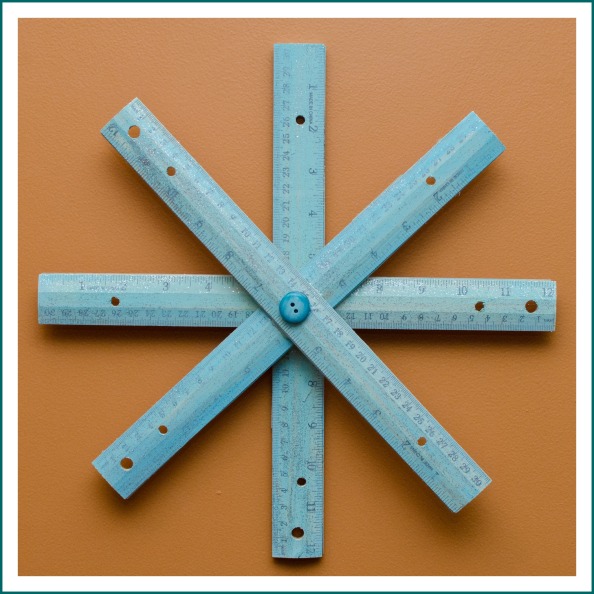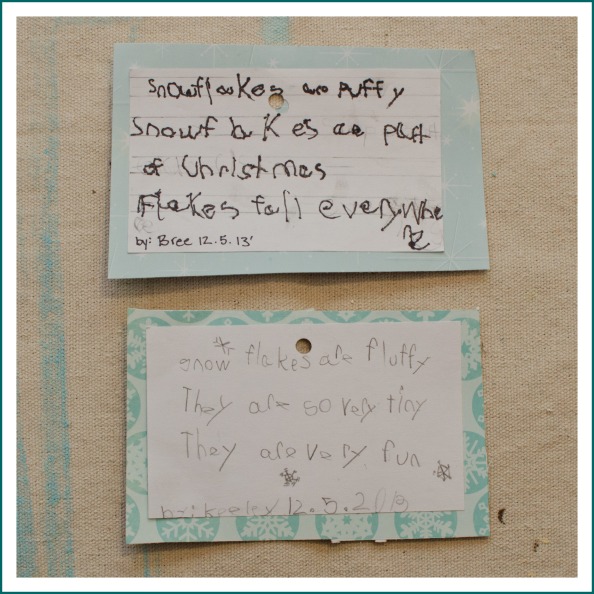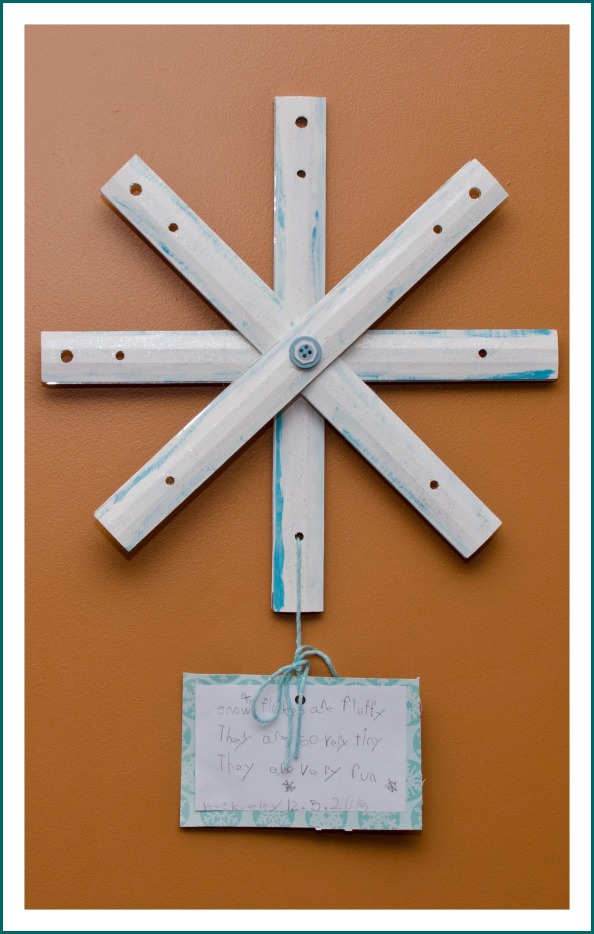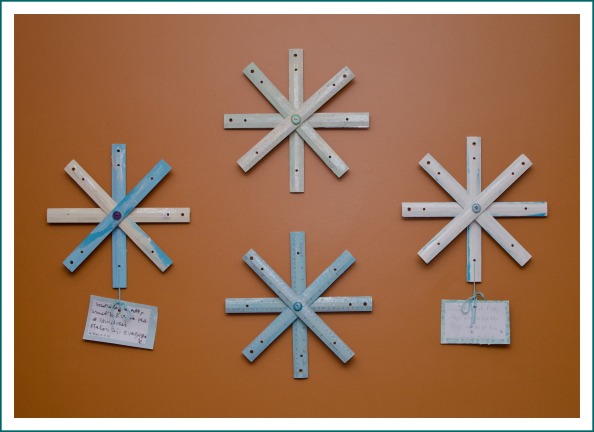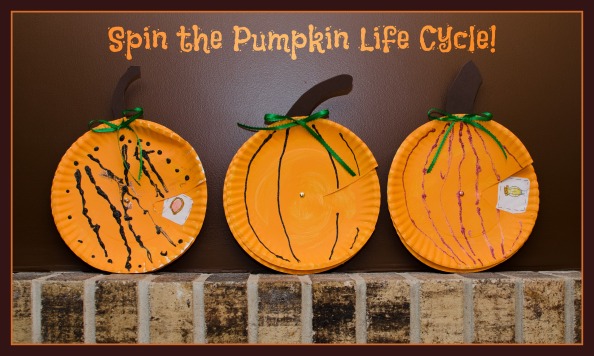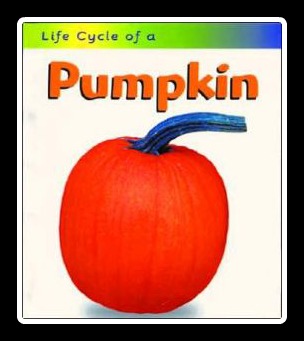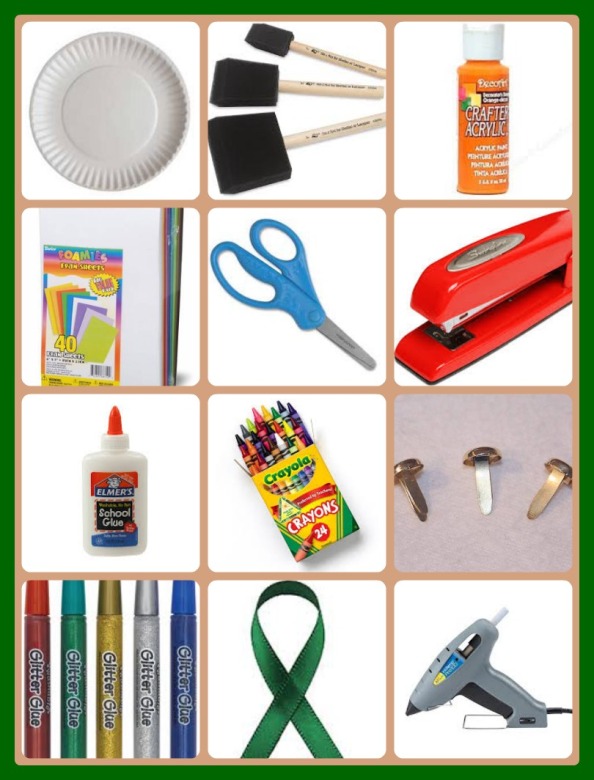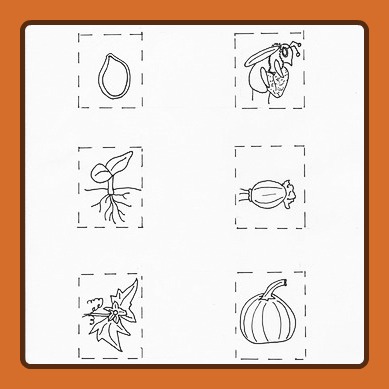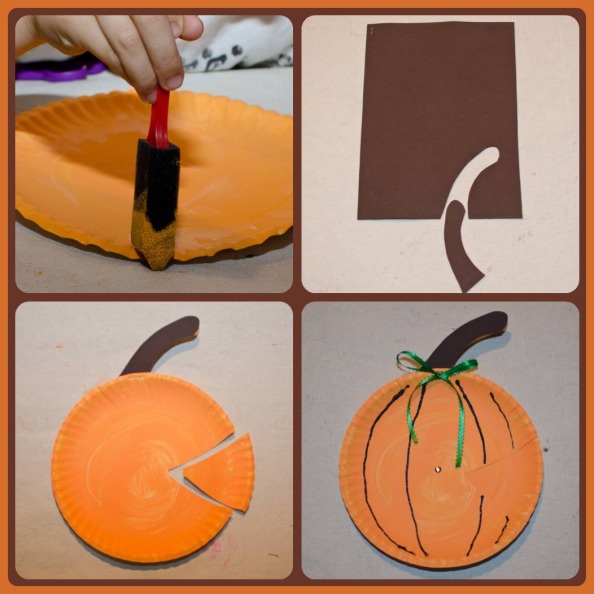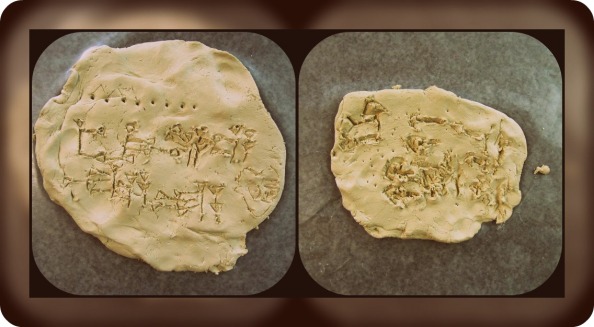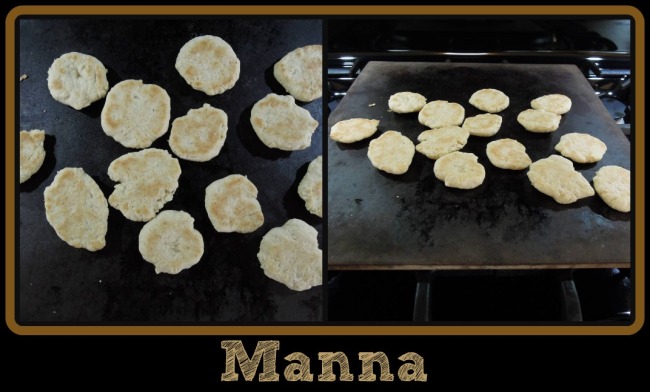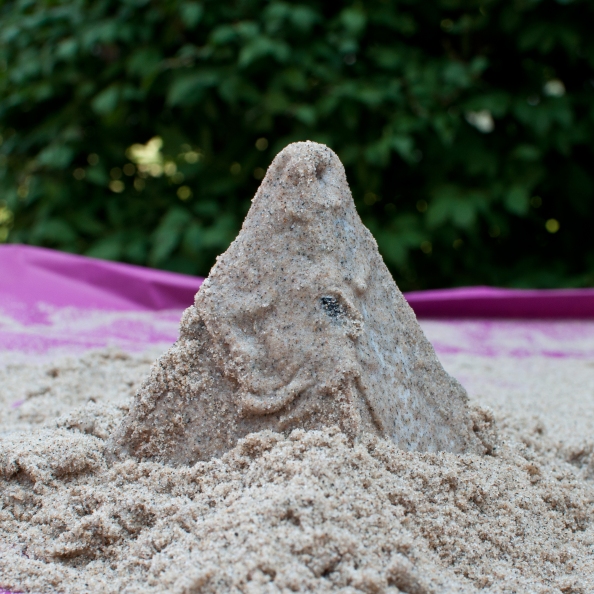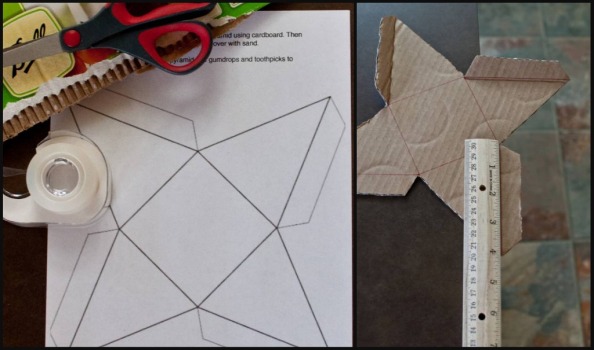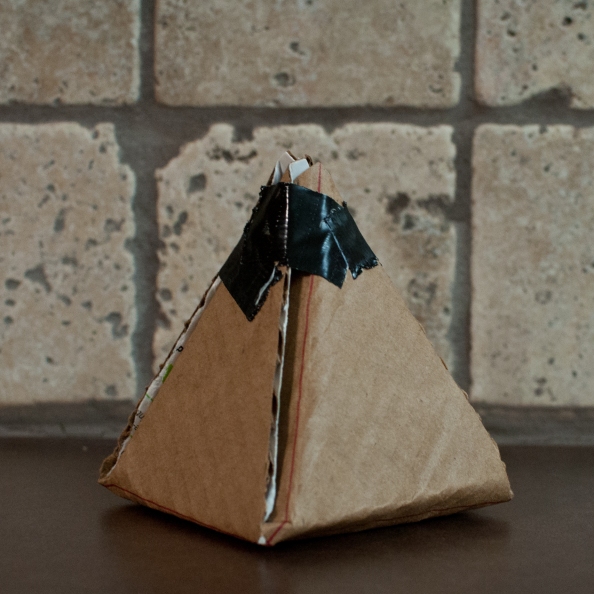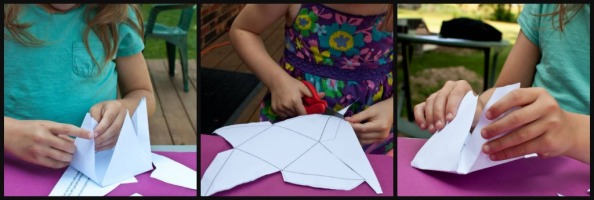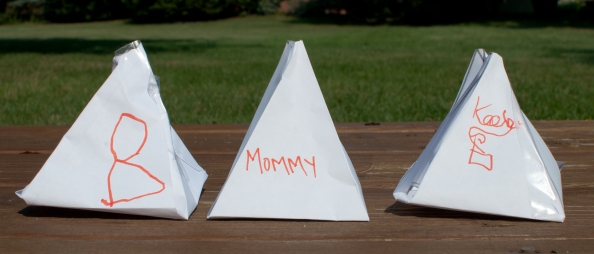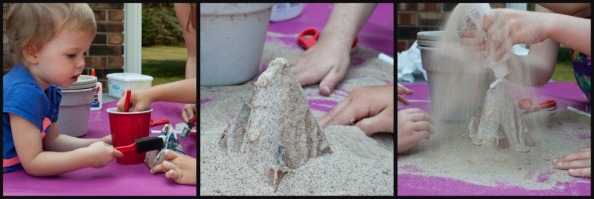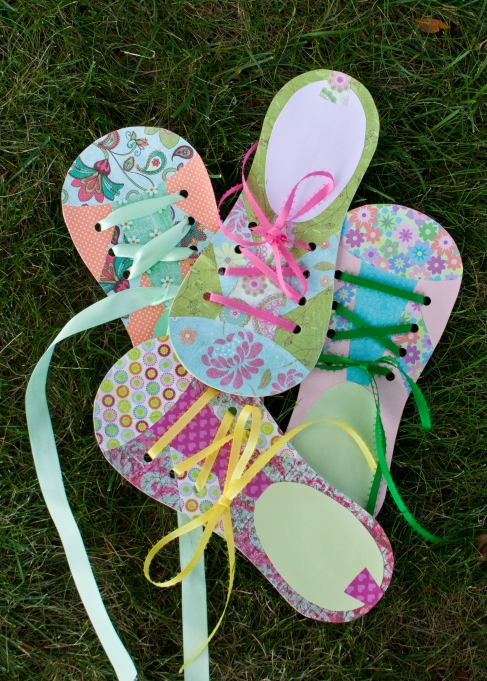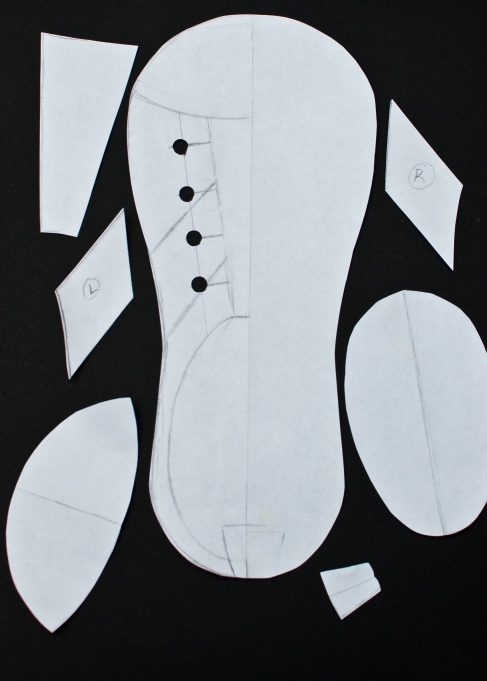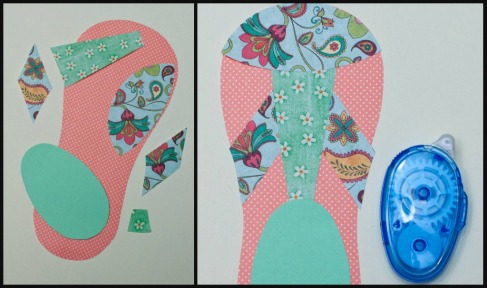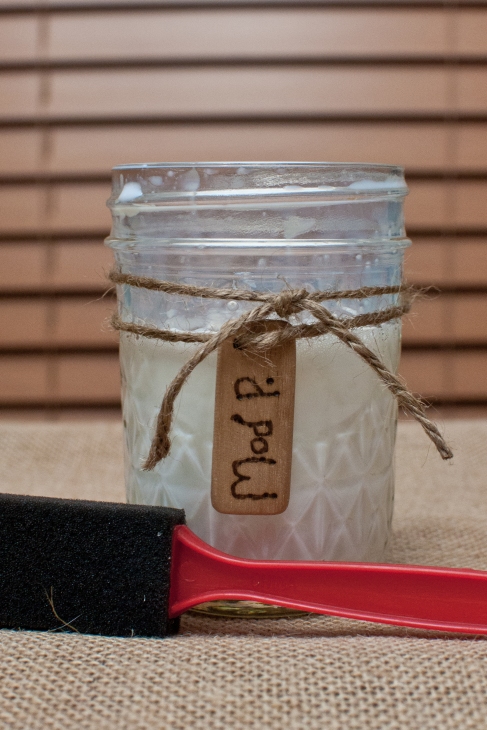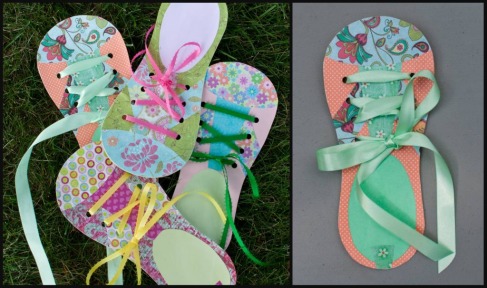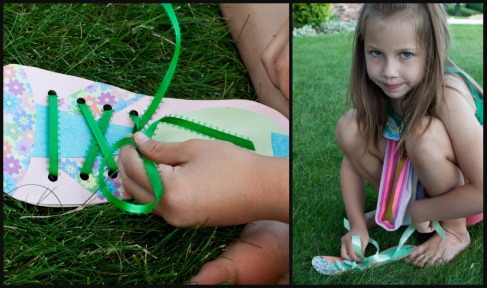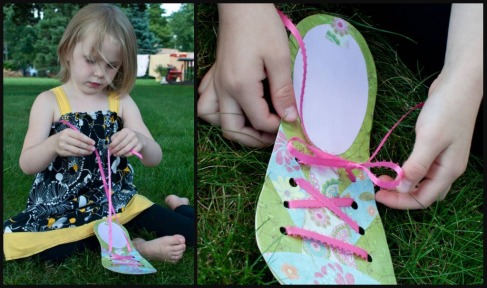Every August through September our local grocery store puts back-to-school items on major discount. This past year I came across a pile of wooden rulers for twenty five cents each. I racked my brain for a crafty use for such a cheap item. I’m ALWAYS on the look out for opportunities such as this, because crafts can be quite pricey and stressful if one is not careful enough.
I eventually came to SNOWFLAKES! Even though the end of summer is a little early to be thinking about blustery weather, I knew that I would thank myself in the blink of an eye for having prepared something ahead of time. So I purchased 16 rulers to stack on top of one another and make 4 snowflakes with. If you include the paint, hot glue, and buttons, this craft came to barely $10.00, which calculates to about $2.50 a snowflake. In my opinion that’s not bad. Especially considering the paint can be (and will be) saved for other projects in the future.
Construction for this project was a cinch. We simply painted on color and glitter, hot glued the layers together at the center once the paint was all dry, and then covered the center hole with a cute coordinating button. It was fun for the girls and fairly stress free for me.
I don’t mind doing a craft for a crafts sake in our homeschooling, but I wanted to take advantage of our time together and teach . . . something. Since my girls already know about the basic wonders of snowflakes, I settled on haikus. We had read a few over this year, including the long one I wrote about cornucopias and I wanted to give them a chance to write their own. It proved to be a great exercise for language in practicing syllables. It was adorable to watch them test sentence after sentence on their little fingers to see if what they came up with would fit five and then seven beats. They did an excellent job in the end with very little help from me, which I’m happy for.
Both my five and seven year old wrote out their haikus (which is bonus practice for each of their writing skills) and we hung them from the bottom of their snowflakes with decorative yarn. To show off all of our creations, I attached them to the walls using poster putty. Since the rulers were so light, they stuck very well and to this moment haven’t budged. The snowflakes are right next to our Christmas tree and the glitter sparkles so beautifully in the evening glow of lights. It’s only too bad that these will eventually have to come down again and be stuffed into a baby box!
